Grammar 101: Understanding verb tenses. There are three main verb tenses in English: present, past and future. Let's look at the different verb tenses in a bit more detail to enhance your English language skills. In our regular Grammar 101 series, we look at commonly confused words like "its" vs "it's" . This time we'll look at verb.. 3 Tips for Understanding Simple Verb Tenses. Tip #1. Facts and current actions are always written in simple present tense. Tip #2. Historical events, events in the past, and author's decisions are all written in simple past tense. Tip #3. Verb tense must stay consistent in your writing to avoid confusion.
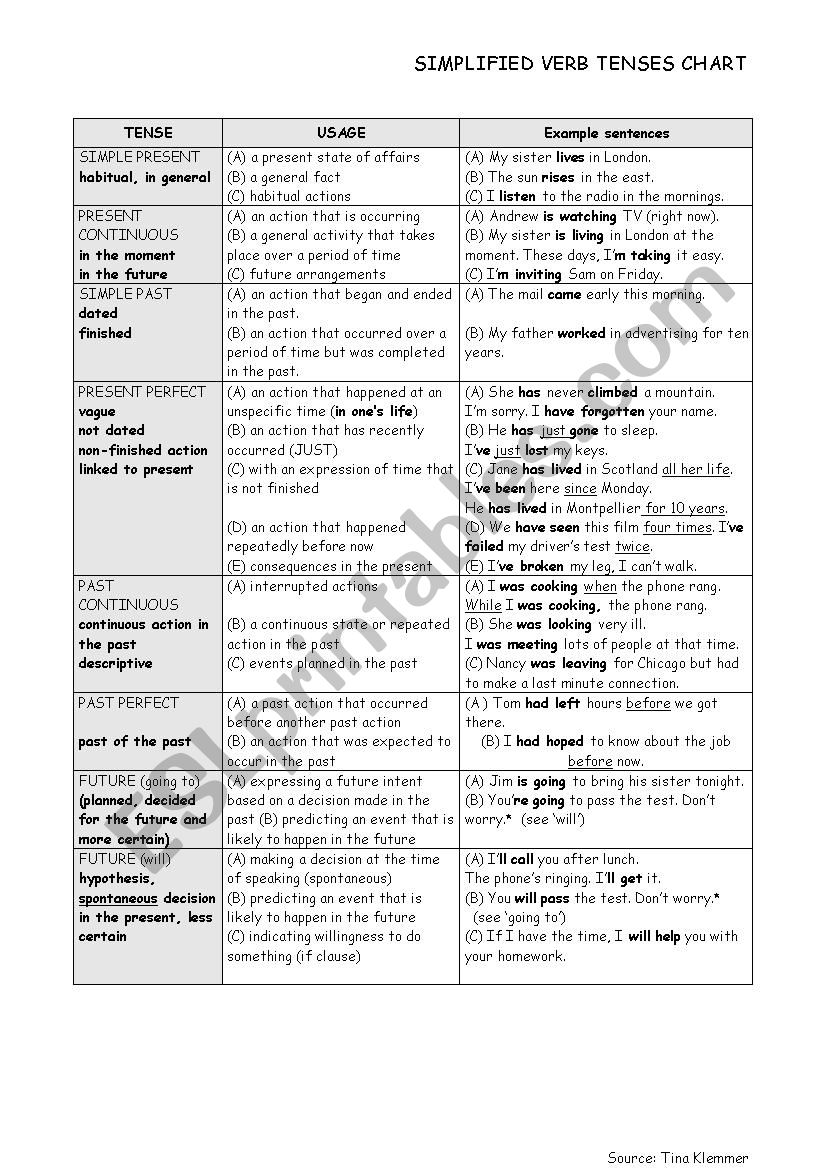
Simple Verb Tenses Chart

12 Verb Tenses In English Teaching verbs, Learn english grammar
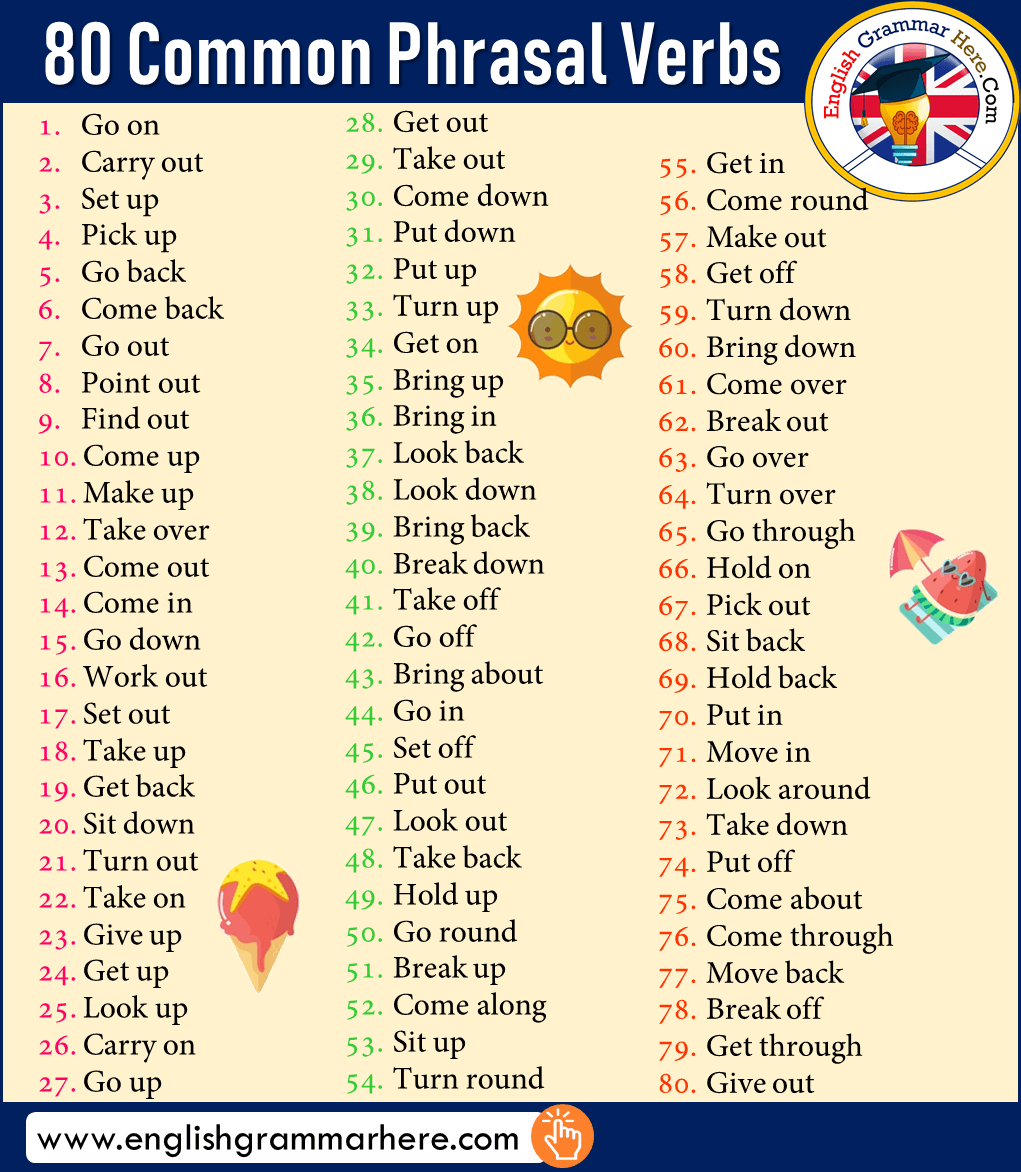
Regular Verbs Examples 50, 50 Regular Verbs List English Grammar Here

Trend Enterprises Verb Tenses Learning Chart T38165 SupplyMe

Verb Tenses in English Grammar (Definition, Formula & Examples

16 Tenses in English Grammar (Formula and Examples) ExamPlanning

Tenses English Verbs English Grammar Tenses Verb Tenses Riset

English Grammar English Verb Tenses

Verb Tenses in English ESL Buzz
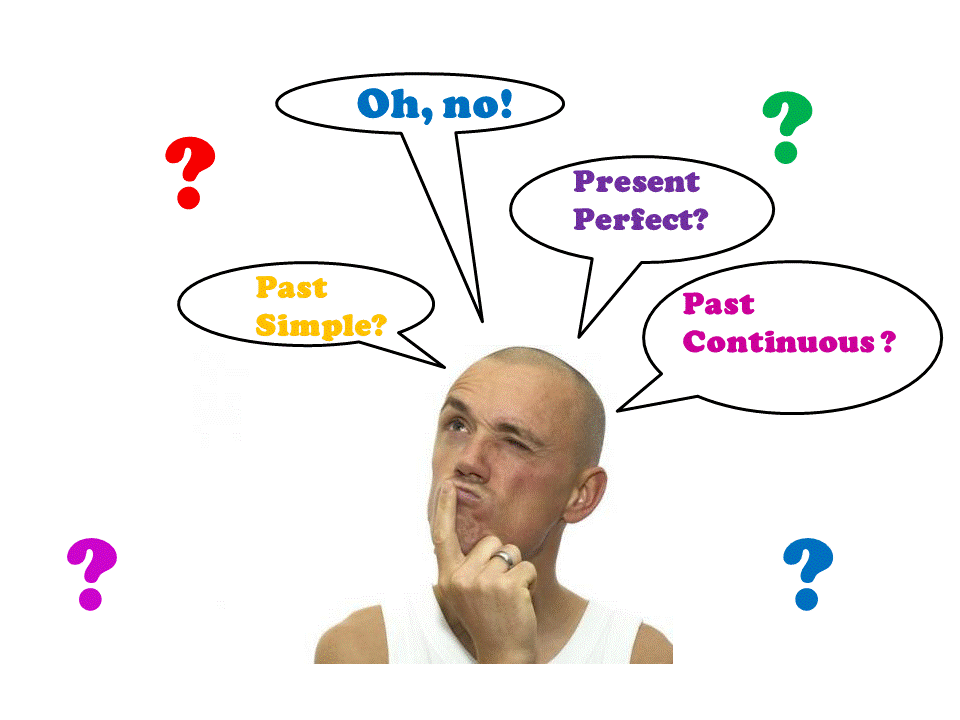
Mir_English Verb Tenses
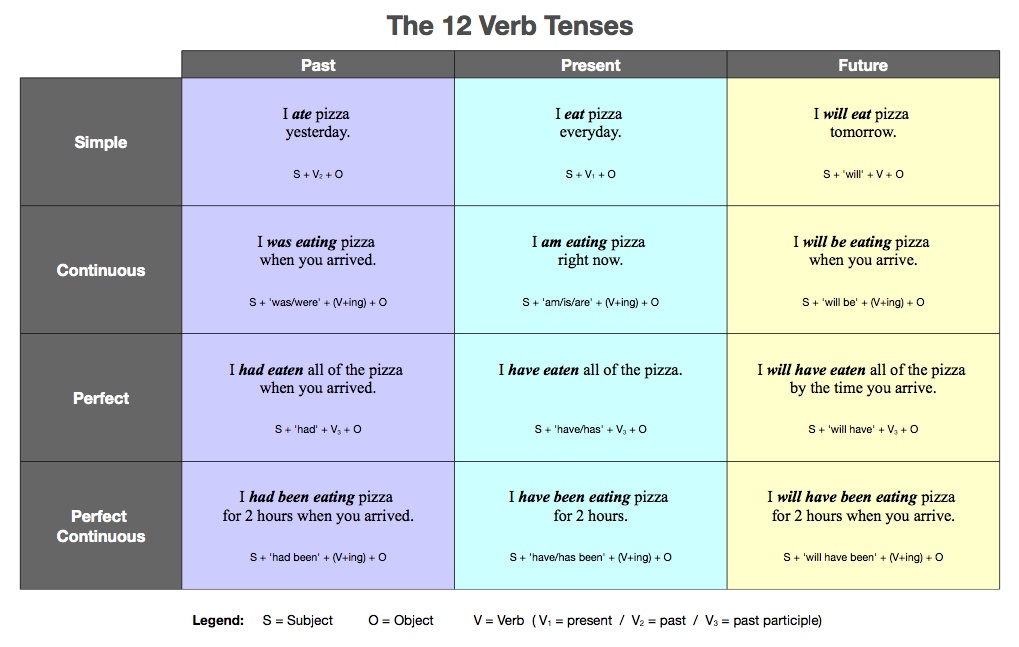
Valanglia THE 12 VERB TENSES AND THEIR USAGE IN ENGLISH

VERB TENSES My English Blog
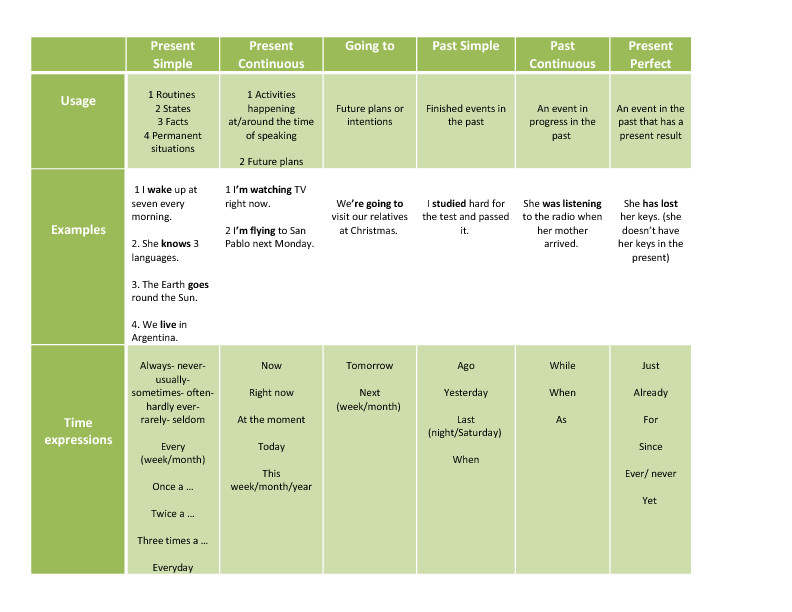
Most Common Verb Tenses Chart

افضل طريقة للمذاكرة كونتنت

VERB TENSES My English Blog

Verbs Worksheets Verb Tenses Worksheets Sexiz Pix
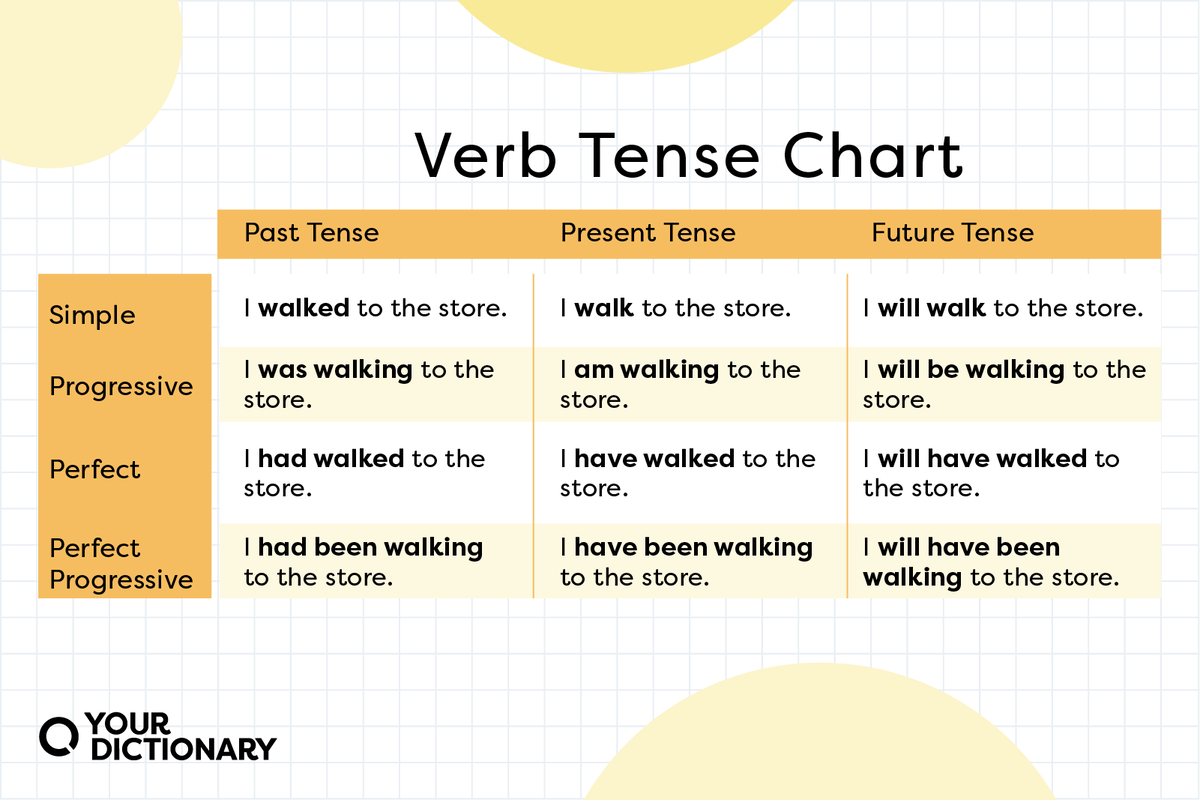
What Are Verb Tenses? Definition and Usage Explained YourDictionary

Pin on Esl
Language of use Review of Basic Tenses Part I

All Verb Tenses Review with KEY English ESL Worksheets for distance
Simple Verb Tenses. There are three basic times when verbs can take place: past, present, and future. These are the easy ones to remember. In fact, they are called simple tenses. 1. Simple present tense verbs show actions that happen regularly or that are permanently happening. We play football in the backyard. My niece skips down the road.. The different tenses are identified by their associated verb forms. There are three main verb tenses: past , present , and future. In English, each of these tenses can take four main aspects: simple , perfect , continuous (also known as progressive ), and perfect continuous. The perfect aspect is formed using the verb to have, while the.